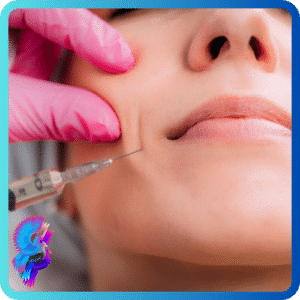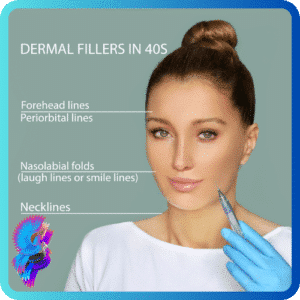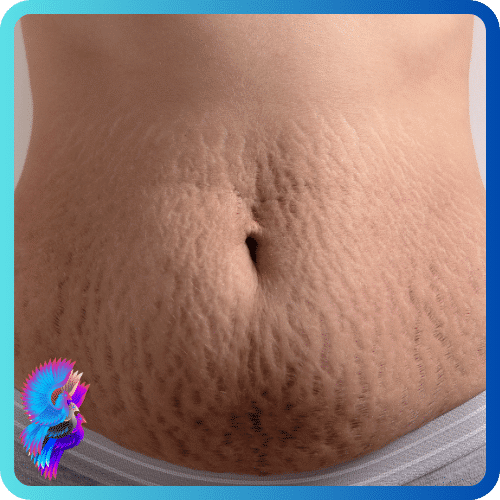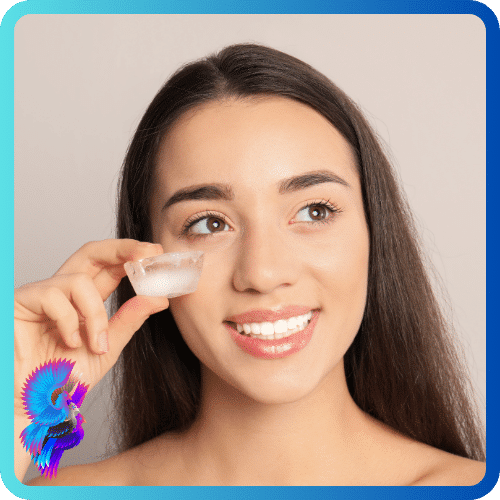Advertisements
The comparative analysis of Botox and Fillers
Are you contemplating the optimal treatment option for addressing perioral wrinkles:
Botox or dermal fillers?
This article aims to elucidate the distinctions between the aforementioned categories of injectables and their potential to facilitate the attainment of a rejuvenated and revitalized appearance.
Botox, a neurotoxin, functions by transiently inhibiting the transmission of nerve signals responsible for regulating the contraction of facial muscles.
Botox has the ability to mitigate dynamic wrinkles, which are characterized by their formation during facial expressions such as smiling, frowning, or lip pursing, through the relaxation of associated muscles.
Botox has the potential to diminish the visibility of smile lines, frown lines, and vertical lip lines.
Nevertheless, the efficacy of Botox in addressing fine wrinkles resulting from collagen degradation or loss of volume is limited.
The duration of the effects of Botox injections typically ranges from around three to six months, contingent upon factors such as the specific treatment location and the unique physiological reaction exhibited by the individual.

Fillers are gel-like substances that are injected under the skin to add volume and reduce the look of static wrinkles, which are wrinkles that can be seen even when the face isn’t moving.
Dermal fillers have the capacity to augment the size of the lips, address the nasolabial folds, and replenish lost volume in the cheeks. In addition, fillers have the potential to enhance the aesthetic quality of scars and address issues related to skin laxity.
Fillers exhibit variations in their shapes and durations, contingent upon the specific type and quantity of filler employed.
Certain fillers are composed of hyaluronic acid, an inherent compound present in the skin that possesses the ability to attract and hold moisture.
Some alternative options consist of synthetic materials that have the ability to induce collagen synthesis.
Certain fillers have a duration of several months, but others have a lifespan spanning multiple years.
Both Botox and fillers are classified as minimally invasive procedures, typically performed within a medical setting using small-gauge needles.
While the Food and Drug Administration (FDA) has not approved for the use of these treatments across all facial regions, they do exhibit limited downtime and side effects.
These tasks must be consistently executed by an individual who possesses the necessary qualifications and substantial expertise.
The optimal choice for an individual is contingent upon their objectives, inclinations, financial constraints, and the state of their skin.
It is advisable to seek consultation with a medical professional in order to engage in a comprehensive discussion of the advantages and disadvantages associated with each alternative, thereby facilitating the identification of the most appropriate option aligned with your specific requirements.
Advertisements






























